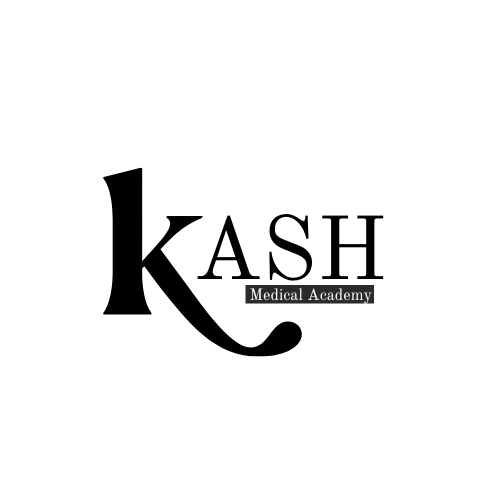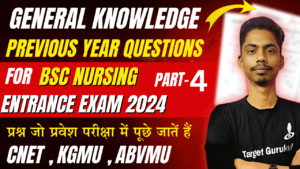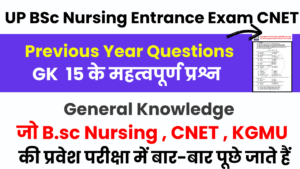
Sharpen Your Nursing Skills: Practice Previous Year CNET Nursing Entrance Exam Questions
Are you preparing for the CNET BSc Nursing Entrance Exam? Practicing previous year questions is a fantastic way to test your knowledge, identify areas for improvement, and familiarize yourself with the exam format.Nursing Aptitude Previous Year Questions CNET Exam Part-5
- Name the scientist, who saw a live cell first time.
(a) Robert Brown
(b) Anton van Leeuwenhoek
(c) Robert White
(d) Schleiden
- The most likely method, used to determine the ultrastructure of a cell organelle is
(a) Autoradiography
(b) Microdissection
(c) electron microscopy
(d) phase contrast microscopy
- Cell theory was formulated by:
(a) Schleiden and Schwann
(b) Rudolf Virchow
(c) Robert Brown
(d) Robert Hooke
- Schleiden and Schwann’s cell theory could not explain
(a) cell formed from pre-existing cell
(b) how new cells were formed
(c) body of animals are composed of cells
(d) None of the above
- The genetic material is naked in
(a) prokaryotic cells
(b) eukaryotic cells
(c) multicellular cell
(d) Both (a) and (b)
- The cell organelle that is present in cytoplasm as well as other organelle
(a) mitochondria
(b) ribosome
(c) chloroplast
(d) Endoplasmic Reticulum (ER)
- A specialised differentiated form of cell membrane of prokaryotes is
(a) Ribosome
(b) mesosome
(d) vacuoles
(c) microvilli
- If you remove the fimbriae from the bacterial cell, which of the following would you expect to. happen?
(a) The bacteria could no longer swim
(b) The bacteria would not adhere to the host tissue
(c) Transportation of molecules across the membrane would stop
(d) The shape of bacteria would change
- Which of the following statements is false for prokaryotic cell inclusions?
(a) These are storage granules in the cytoplasm
(b) They are membranous
(c) Phosphate granules, cyanophycean granules and cell inclusions glycogen granules are the examples of
(d) Gas vacuole is found in BGA and purple and green photosynthetic bacteria
- Eukaryotes make the entire body of
(a) protists
(b) fungi
(c) Plants
(d) All of these
- Which of the following differentiate plant cells from animal cells?
(a) Large vacuole, plastid and cell wall
(b) Cell wall, plastid and centriole
(c) Cell wall, plastid and mitochondria
(d) Cell membrane, plastid and cell wall
- The lipid component of cell membrane consists of
(a) Lipolipids
(b) phosphoglycerides
(c) hydrophobic lipids
(d) None of these
- Which of the following characteristics is correct about cell wall of plant cells?
(a) Plays role in protection
(b) Helps in cell-cell interaction
(c) Provides a barrier to undesirable macromolecules
(d) All of the above
- The innermost portion of a mature plant cell wall is the
(a) primary cell wall
(b) plasma membrane
(c) secondary cell wall
(d) plasmodesmata
- The main organelle involved in modification and routing of newly synthesised proteins to their destination is
(a) Mitochondria
(b) endoplasmic reticulum
(c) Lysosome
(d) chloroplast
| Social Platforms | Social Links |
|---|---|
| Join Group | |
| Follow | |
| You Tube | Subscribe |
| App | Download App |




